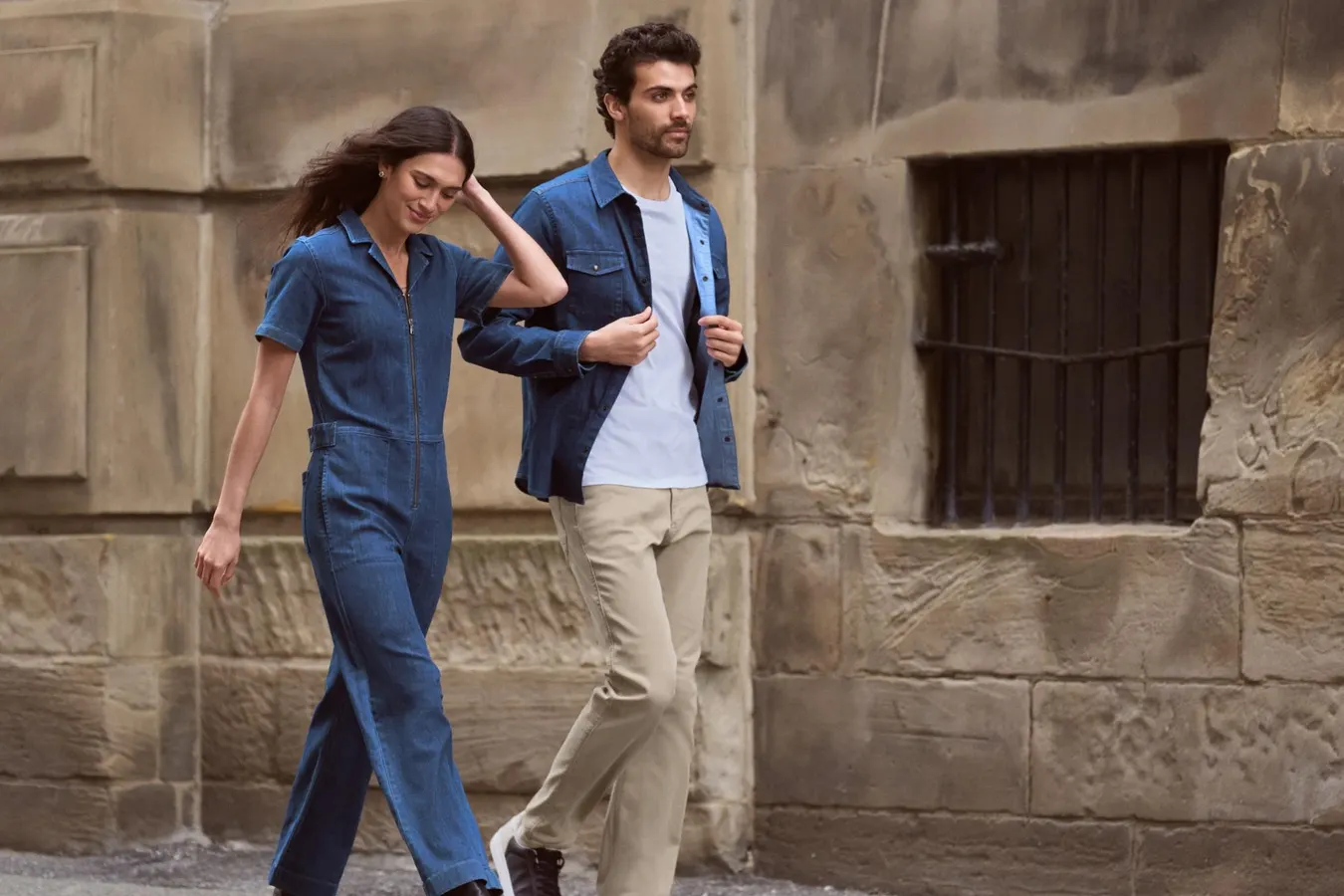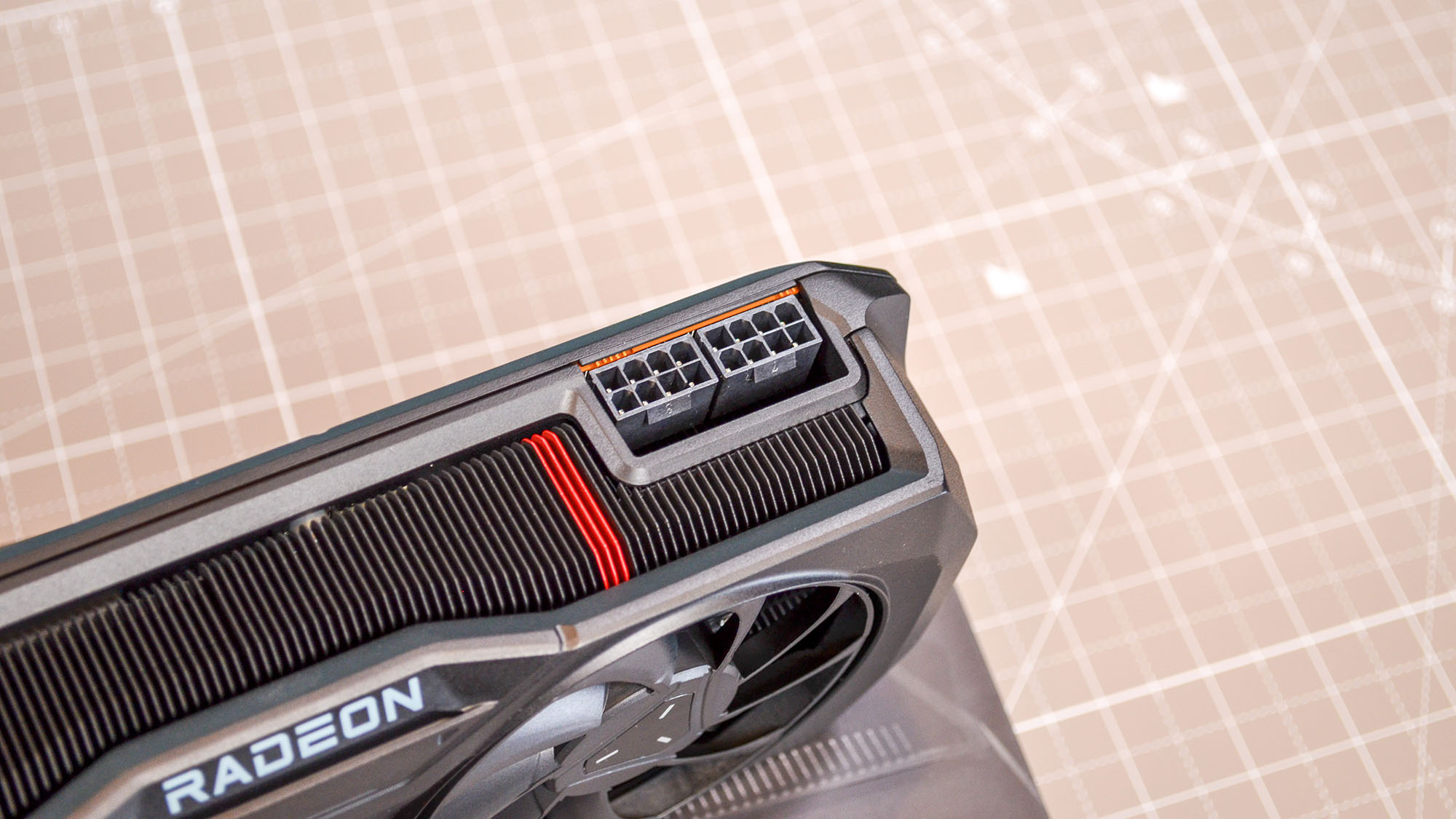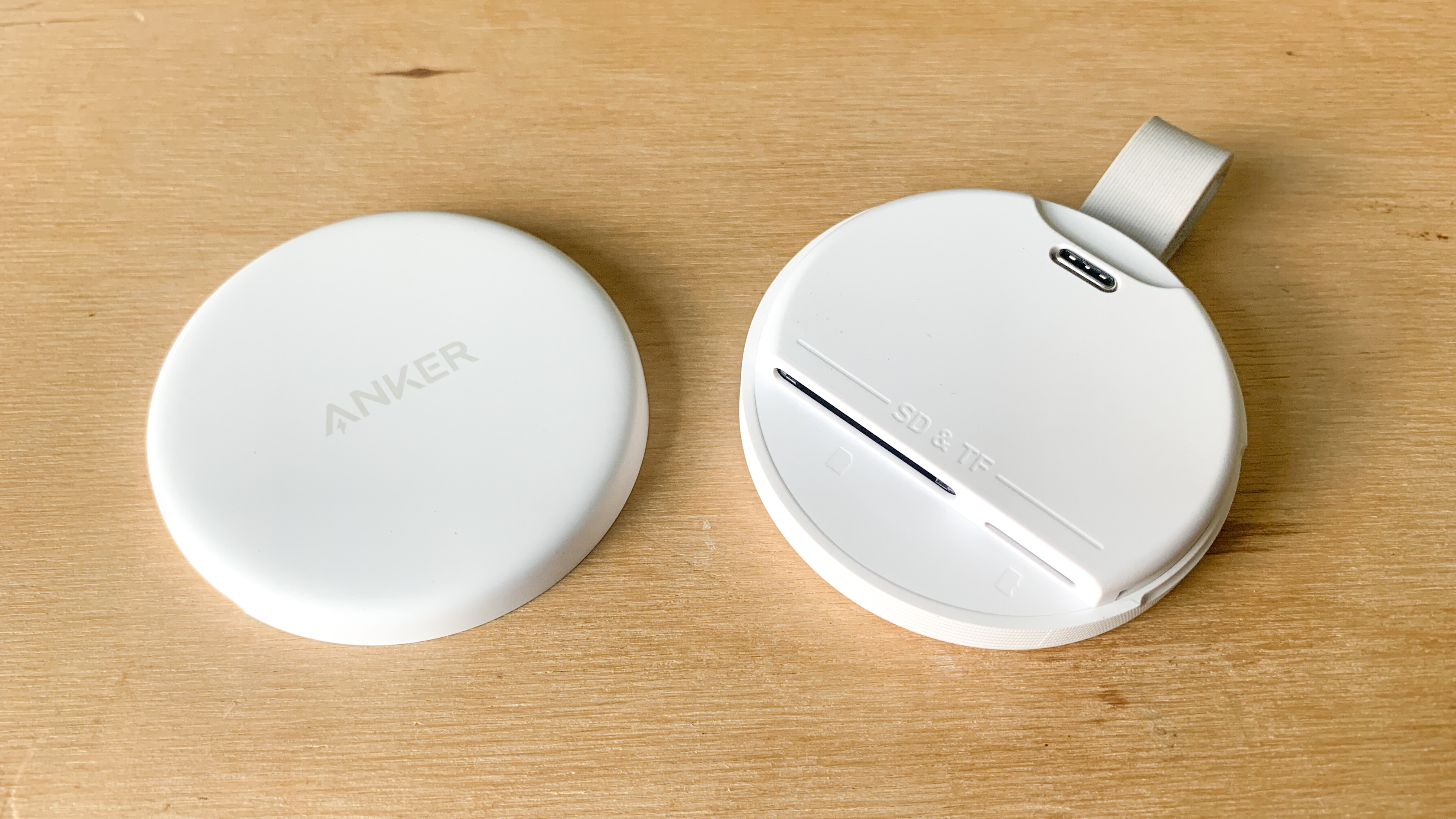By Bike Week,Contributor,Simon Mainwaring
Copyright forbes

DUER’s Quiet Revolt Against Fast Fashion
PHOTO PROVIDED BY DUER
The apparel industry has trained consumers to constantly expect more—more drops, more trends, more discounts—while the costs of that model are passed onto people and the planet.
Against that noise, DUER, a Canadian performance apparel brand founded in Vancouver by denim veteran Gary Lenett, is building a different kind of signal: clothing that looks good, feels great, and moves with you, without the compromises that have defined athleisure and fast fashion. As DUER expands its retail footprint in the U.S. with new stores in Portland and San Francisco joining Denver and Los Angeles, the brand is betting that a category it calls “Performance Jeanswear” will reshape how we dress for everyday life.
Lenett’s origin story reads like a mirror to what many modern consumers want. He’s “a jeans and T-shirt guy” who bikes to meetings, wants natural fabrics, and refuses to wear polyester-heavy gym clothes to a dinner or a boardroom. “I don’t like synthetics,” he says. “I don’t want to be wearing polyester clothing with a logo on and try to dress it up.” The solution wasn’t to make performance wear look like office attire; it was to make the jeans and casual staples we already love work better. “Why try to force gym clothing throughout your day? Why not take the clothing that I love and many people love, which is classic jeans wear and casual clothing, and put performance elements into that?” That simple shift from forcing performance apparel into every context to elevating heritage silhouettes with natural-first performance captures where the market is headed: fewer, better, longer-lasting items that enable fluid, multi-modal lives.
Built For Doing, Not Boasting
Most recent apparel innovation has been performance-out, style-in. DUER flips that logic. The brand starts with iconic jeanswear silhouettes and then adds functional elements including stretch, gusseting, temperature, and moisture management, prioritizing natural and plant-based inputs wherever possible. The customer promise is less about claims and more about how you move through a day: bike commute, park walk, lunch meeting, dinner out, without changing outfits or sacrificing personal expression.
The internal compass is as philosophical as it is technical. Lenett describes DUER’s mission as “To help me live more effortlessly.” He’s a longtime meditator, and the brand’s idea of “effortless” borrows more from flow state than from marketing copy: “It wasn’t about the stretch or the gusset or the antimicrobial… it was really a higher level of the feeling of what that enabled you to do.” He adds, “I like the concept of being self-led. If you’re a meditator, every once in a while, we get these glimpses of being interconnected with everything.”
In a category that often prescribes lifestyles, DUER resists the sermon. “We don’t really want to get into prescriptive marketing and telling people how they should live,” Lenett says. Instead, the brand sponsors and supports activities that align with active, outdoor city life (think Go By Bike Week or a Gran Fondo) without pretending to be a cycling brand. The result is a cultural posture that emanates authenticity rather than advertising aspiration—a practice, not a promo.
MORE FOR YOU
DUER’s Quiet Revolt Against Fast Fashion
PHOTO PROVIDED BY DUER
atural-First Materials, Pragmatic Tradeoffs
If the last decade of apparel was defined by synthetic performance, the next decade will be defined by performance without the plastic. DUER leans heavily into natural fibers and low-impact processes: Tencel (from eucalyptus), cotton, and emerging hemp blends that increasingly rival traditional hand-feel. “We love using Tencel and other natural fibers. We’re playing a lot with hemp right now. It’s still in its infancy in terms of competing with cotton,” Lenett notes. He’s blunt about why synthetics exploded in the ‘90s: “Polyester is cheap.” The catch? Many synthetic performance “benefits” chase problems polyester creates: “You’re solving a problem you’re creating at the same time.”
Crucially, DUER isn’t absolutist. Longevity matters, and sometimes a small amount of synthetics is the responsible choice. “I would prefer to have 100% natural fibers, but then you have to trade off how long it is going to last. We put a minimum amount of synthetics, whether nylon, Lycra poly, just enough that it’s durable,” he says. Hardware is considered too. Corozo nut buttons are consistent with jeanswear heritage and end-of-life considerations.
On the making side, DUER prioritized control and accountability by building a dedicated manufacturing partnership rather than relying solely on third-party sourcing. “It was really important for me to have my own factory,” Lenett says, even if it meant giving up equity to secure mission-aligned, long-term supply. Today, most product is made in a Lahore, Pakistan facility where “they’re all salaried with benefits” rather than piecework, an uncommon approach in the region, and the operation invests in water- and energy-saving technology: “modern ozone washing machines, laser finishing, a lot of the energy is solar. Coal’s big in Pakistan, but a lot of our energy is solar driven.”
There’s no green theater here—no splashy pledges or posters on the wall. “Am I setting a mission and goals? I don’t have anything formal. We just continue to try to make this factory a great place.” In an era of over-promising, under-delivering ESG, that pragmatic transparency may be the most credible stance of all.
An Operating System for “Fewer, Better”
The dominant model many brands still follow—over-buy, over-market, over-discount—erodes brand equity and fills landfills. DUER’s counter-model is operational, not just ideological. First, inventory discipline: “We very much A quick response factory. We try to gauge demand before we bring inventory. We pay a little bit more, we go on sale twice a year, 99 of our sales are at full price.” Second, seasonless design anchored in jeanswear’s timelessness. “Our customers say, ‘Don’t make it too complicated for me. I just want to get dressed and get on with it.’” We’re putting performance elements into the fabrics. But the silhouettes themselves are very basic.”
This is less nostalgia than risk management. With tariffs, geopolitics, and climate impacts disrupting cotton, eucalyptus, and shipping costs, simplicity is a hedge. “Right now… I’ve got goods coming in on the water from various countries. I have no idea what my costs are because the duties are changing… it was 30, now it’s 50,” Lenett says. Diversification helps—tops are made in Peru; hemp offers multi-region growing potential—but the brand’s real resilience comes from a product and pricing architecture that avoids the promo trap. When 99% of unit volume sells at full price, inflation, duties, and logistics shocks don’t force you into margin-destroying fire sales.
The retail strategy flows from the product truth. Despite e-commerce growth, DUER is in a brick-and-mortar buildout, aiming for about 40 locations in three years. Why? “We have what I call performance denim playgrounds – so much of our brand is how you feel in the clothing – we’ve got to get people into the pants and into the changing room.” When a brand’s differentiator is embodied experience—not merely visuals or slogans—physical retail becomes a strategic amplifier, not an expensive relic.
DUER’s Quiet Revolt Against Fast Fashion
PHOTO PROVIDED BY DUER
Authenticity You Can Feel (And Why It Matters Now)
Across the industry, “authenticity” remains a conference buzzword and a campaign brief. Lenett’s critique is disarmingly simple: “Most brands are talking about strategies to be authentic. You don’t need strategies to be authentic, just be. I developed products for myself essentially to fill a need.” That ethos extends to leadership. At 68, he’s explicit about what success looks like now: “I don’t really ever want to retire, and I want to work with and help people be their best self… I want to be a transformative leader.” He hopes to be remembered as “A continuous learner,” staying engaged, rather than “shrinking into the background.”
For consumers fatigued by performative purpose, this is a crucial distinction. DUER doesn’t claim moral superiority; it offers better options aligned with how people actually live—clothes that remove friction, enable movement, and reduce excess. In practice, that’s a brand that’s “built for doing,” not broadcasting; engineered to last, not to trend; priced for value, not for perpetual markdowns. It’s also a quiet vote of confidence in retail as experience, not just distribution, and in materials innovation that privileges natural fiber performance with just enough synthetic to extend life—an underappreciated sustainability lever.
Perhaps most telling is what DUER refuses to compromise: the day-to-night dignity of jeanswear, the integrity of making, the discipline of demand, and the humility of not telling customers how to live. “We claim to make the most comfortable pants in the world,” Lenett says, not as chest thumping, but as a product standard that has to be proven when you pull them on and walk out the door.
For a category that’s spent decades teaching us to choose between function and form, the better question is why we tolerated that false choice for so long. DUER’s answer—Performance Jeanswear—feels less like a trend than a reversion to common sense. As the brand scales across North America, the bet is that common sense, done uncommonly well, is exactly what the market has been waiting for.
Editorial StandardsReprints & Permissions



